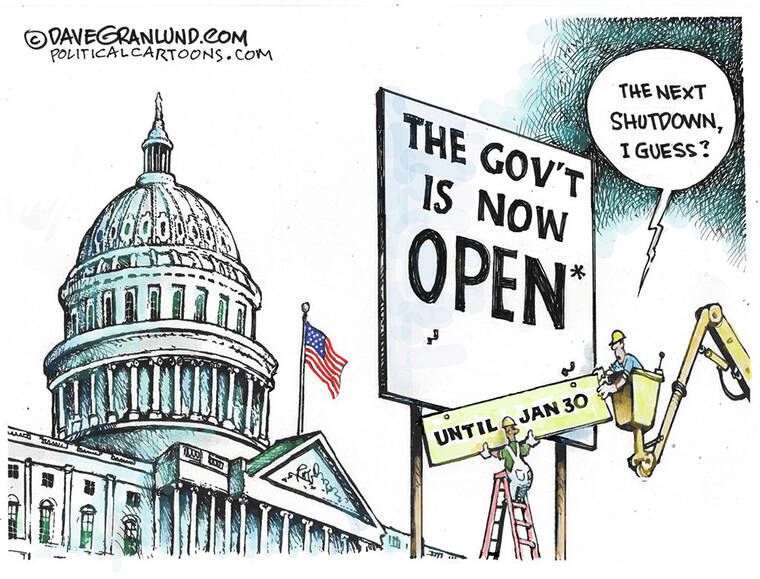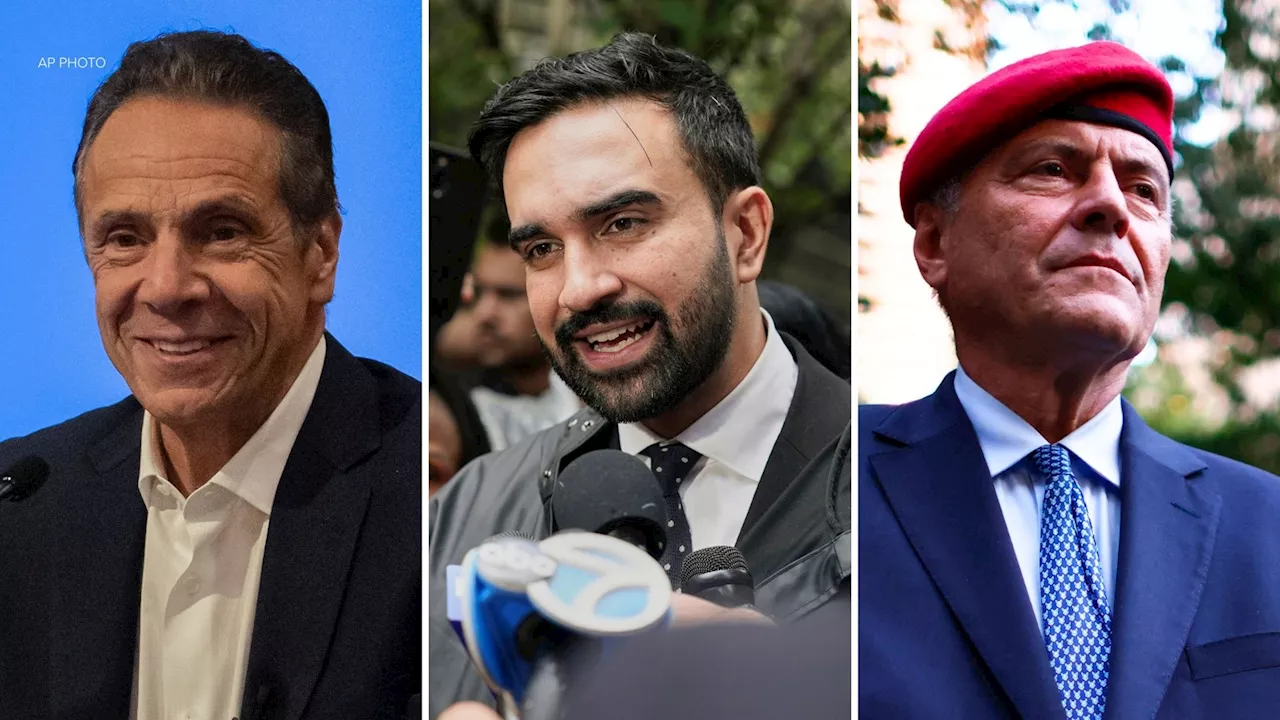An editorial cartoon released on November 14, 2025, has sparked significant discussion regarding pressing social issues. The cartoon, which appears in various publications across the globe, uses humor and satire to convey its message, prompting responses from both the public and political commentators.
The artist behind the cartoon employs striking imagery to address topics such as inequality, environmental concerns, and political unrest. These themes resonate with a broad audience, particularly as they align with ongoing global debates. The cartoon’s aim is not only to entertain but to provoke thought about the current state of society.
Public Reaction and Engagement
Since its release, the cartoon has generated a wave of reactions on social media platforms. Many users have shared the piece, commenting on its relevance to current events. Some praise the artist for their bold approach, while others criticize the portrayal of sensitive subjects. This dichotomy highlights the power of visual commentary in shaping public discourse.
Political figures have also weighed in, with some embracing the cartoon’s critique of governmental policies. Others have dismissed it as overly simplistic or divisive. One prominent political commentator stated, “Editorial cartoons play a crucial role in reflecting the collective sentiment of the public, even if the messages are not universally accepted.”
The Role of Editorial Cartoons in Society
Editorial cartoons have long served as a platform for social commentary, utilizing wit and creativity to address complex issues. As society grapples with various challenges, these artistic expressions can both inform and entertain, often leading to meaningful dialogue.
The cartoon from November 14 serves as a reminder of the importance of free expression in media. While opinions may vary, the ability to communicate ideas through art fosters engagement and reflection on critical matters.
In an era where visual content dominates, the impact of editorial cartoons continues to evolve. As artists respond to contemporary issues, they contribute to a larger narrative that shapes our understanding of the world.






